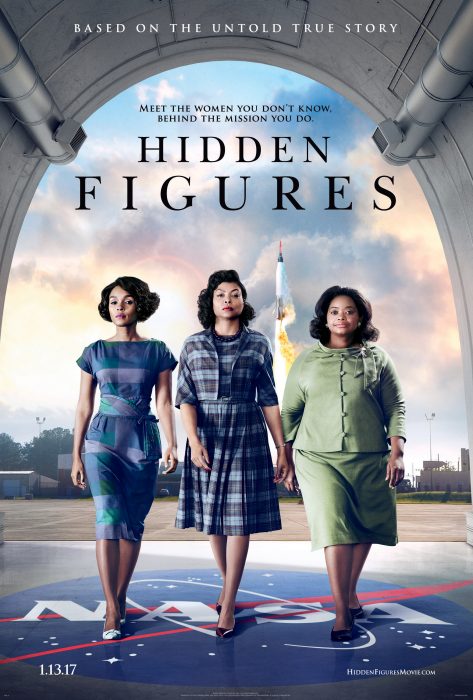
The secret to the charm of Hidden Figures, director Theodore Melki’s adaption of Margot Lee Shetterly’s book of the same name, is how it tactfully handles its heavy- and eerily topical, despite taking place in 1961 Virginia- subject matter, without ever forgetting to have fun along the way. This biopic of three NASA mathematicians has an interesting method of rebuking the sexism and structural racism of its era in a surprisingly crowd-pleasing fashion. It’s a story with a clear message, but despite the complex problems featured in the film, it never feels like you’re being forced to do your homework.
At its core are three very appealing protagonists. Taraji P. Henson is extremely likable but determined as Katherine Goble, a math prodigy who proves to be a valuable asset to NASA’s calculation team at the Langley Research Center. Her bond with best friends and fellow nerds Mary Jackson (Janelle Monae, continuing to improve as an actress following her turn in Moonlight) and Dorothy Vaughn (Octavia Spencer) is never in question at any point in the story.
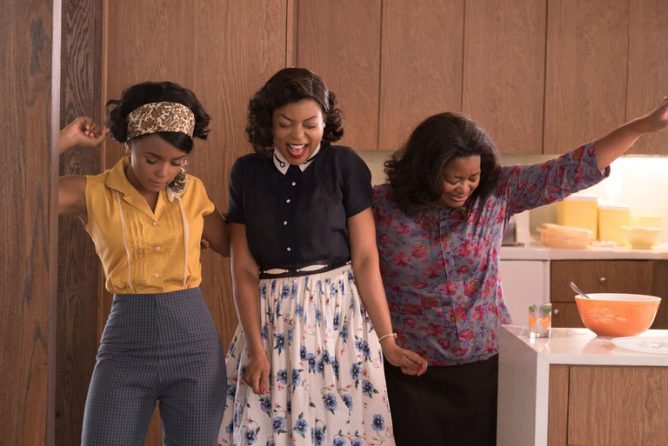
While Hidden Figures does follow a fairly standard historical biopic structure, I liked how the film avoided throwing in a twist that challenged their friendship, and kept the focus on their works and efforts to break down boundaries. That trope can work in certain types of stories, but I was glad it kept things streamlined.
Spencer is notably charismatic as her character studies FORTRAN in order to prove her value to NASA and eventually rise to the role of supervisor, with the arrogant Vivian Mitchell (a snotty Kirsten Dunst) standing in her way as an adversary. The institutionalized forms of prejudice aren’t lost on Ms. Vaughn, nor are they on Mary Jackson when she gives a brilliantly convincing argument to a judge to take classes at a segregated school.
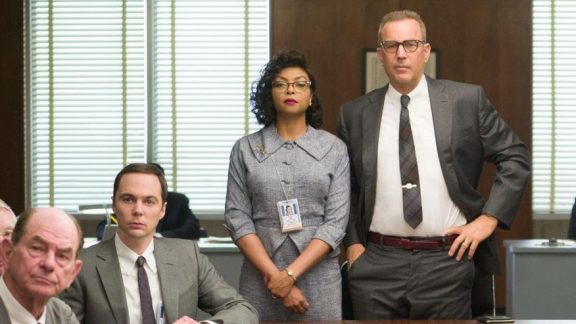
In the control center, Kevin Costner’s Al Harrison is stern and tries to come off reserved as the group leader. But if John Glenn (a particularly dashing Glen Powell) is going to successfully orbit the earth and survive, he realizes there can’t be any room for error, let alone gender or skin color interfering in their plans to catch up to the Russians in their eventual race to the moon.
As the most socially conscious official at NASA, he develops an interesting rapport with Mrs. Johnson, and Costner and Henson have some strong chemistry in their scenes. Jim Parsons is maybe the film’s de facto antagonist as Paul Stafford, a neurotic rival calculator alongside Johnson whose pride is easily bruised when she solves the math he was unable to.
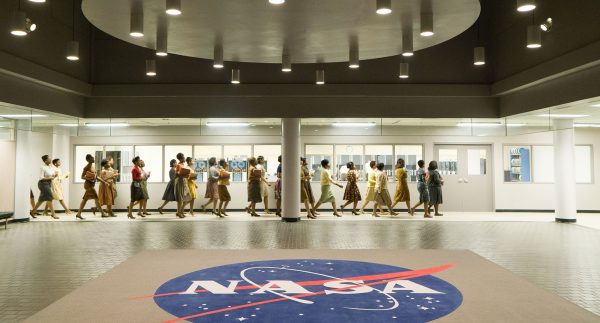
One enjoyable aspect about Hidden Figures is how it manages social themes without reducing the characters to broad stereotypes. As lighthearted as the tone of the story is, segregation and the standards of the time are the main villains of the story, and our heroines subversively cut through the red tape and preconceptions in their way while remaining polite and adhering to social cues.
Even though it’s easy to see how certain parts of the story will probably unfold, there’s still a bit of tension thanks to the prominent Cold War atmosphere permeating the plot. In one scene, Katherine tucks her children in for bed and reassures them of their safety after their bomb drill at school. But luckily there are a number of heartwarming subplots to balance that out, notably her romantic fling with the handsome military man Jim Johnson (Mahershala Ali, currently on a role).
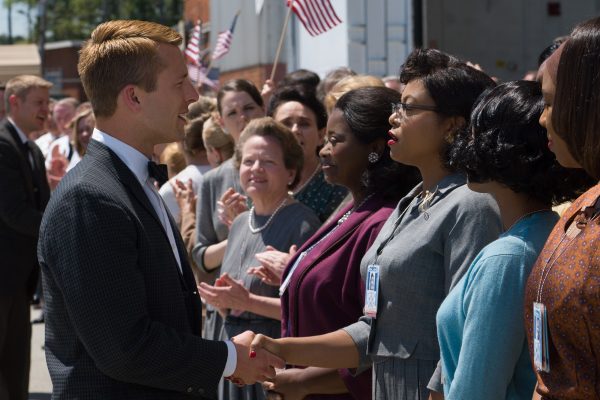
I wouldn’t say Hidden Figures is the most groundbreaking biopic ever, but thanks to some great performances by a diverse cast and witty direction, it’s an enjoyable and very intelligent comedy-drama that puts a long overdue spotlight on some important figures of the 20th century. There are a number of sly allegories to modern day topics in America, wrapped in an optimistic and sweet period piece that can appeal to people of all types and ages. Strongly recommended.
